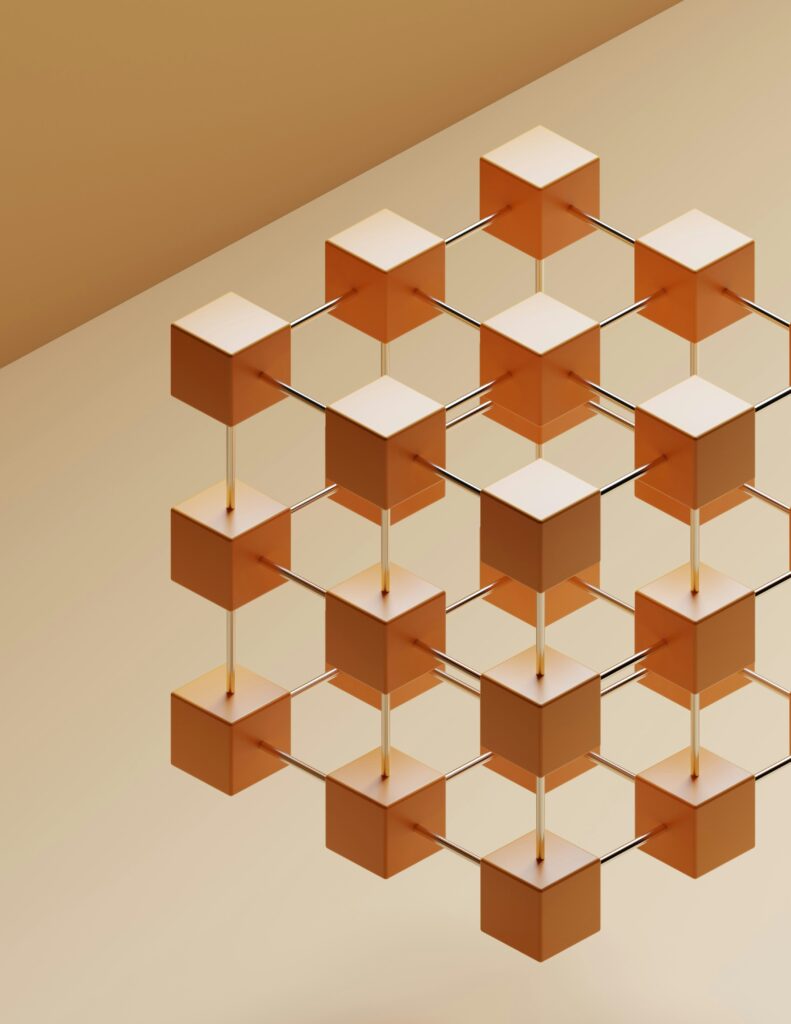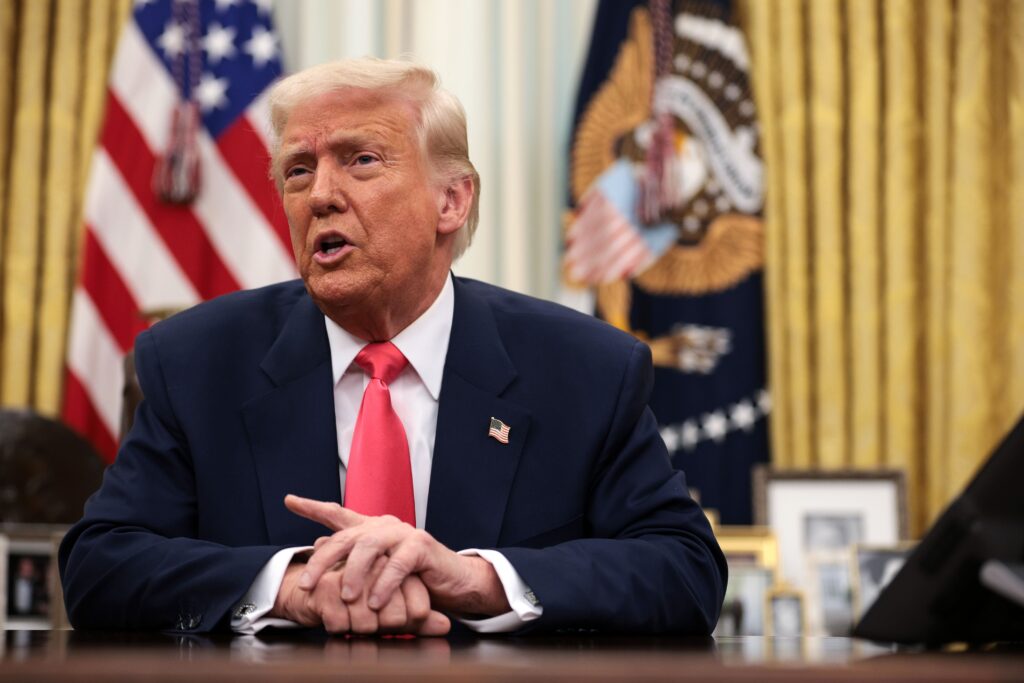Introduction to DAO M&A
In late 2021, a groundbreaking merger was set to transform the decentralized finance (DeFi) landscape. Two prominent DeFi DAOs, Fei Protocol and Rari Capital, aimed to unite their strengths—Fei with its innovative algorithmic stablecoin and Rari as a trailblazer in permissionless lending pools. The merger was enthusiastically approved by their communities, leading to the establishment of Tribe DAO in December of that year.
However, just nine months later, this ambitious venture collapsed, sending shockwaves through the DeFi ecosystem.
The Landscape of DAO Mergers
The Fei-Rari debacle was not an isolated incident. In fact, 2021 witnessed several notable DAO mergers and acquisitions, including Gnosis and xDAI (which enjoyed moderate success), Aragon and Vocdoni (a mixed outcome), and Yearn’s partnerships with Cream, Sushi, and Pickle (the results remain unclear). Since 2020, over 65 such deals have occurred as DAOs seek to scale, merge, or consolidate, highlighting the growing vibrancy of DAO M&A.
The Challenges of DAO Governance
In contrast to traditional mergers and acquisitions, which follow established playbooks involving corporate boards, investment banks, and legal teams, DAOs navigate uncharted territory. The governance structures of DAOs can be chaotic, lacking a centralized authority like a CEO to finalize deals. Decisions are often made through token-holder votes, leading to unpredictable outcomes. Many community members, as seen with Aragon, may even discover decisions after they have been made.
Valuation and Regulatory Hurdles
One of the primary challenges in DAO M&A is the murky nature of valuations. DAO tokens can fluctuate significantly, complicating fair pricing for acquisitions and meeting token holders’ expectations. This volatility was evident in both the Fei-Rari and Gnosis-xDAI cases. Additionally, the regulatory landscape presents obstacles, as the absence of standardized legal frameworks for DAO transactions can hinder potentially valuable agreements.
To navigate these uncertainties, many DAOs are resorting to token migrations and swap contracts as alternative solutions. Security remains a pressing issue, with hacks capable of erasing billions in value almost instantaneously. A stark reminder of this risk came when Fei token holders had to cover an $80 million loss from the Rari exploit.
The Nature of Mergers
It’s important to note that not all so-called “mergers” are true mergers. For instance, Yearn Finance’s collaborations with other protocols such as Pickle, Cream, and SushiSwap often turned out to be loose partnerships rather than formal mergers, resulting in significant confusion regarding governance and responsibilities.
The Future of DAO M&A
Despite these challenges, we maintain that M&A could represent a superpower for DAOs. With the right approach, DAOs can execute M&As more efficiently and unlock greater synergies than traditional organizations. Envision standardized swap and acquisition contracts, comprehensive platforms for M&A discovery, or protocol conglomerates that foster richer, more integrated on-chain ecosystems.
Strategies for Successful DAO Mergers
DAO M&A is destined to remain a fixture of the decentralized landscape. As the Web3 ecosystem grows increasingly complex, consolidation appears inevitable. However, for future deals to flourish, DAOs must reconsider their M&A strategies.
1. **Governance Alignment**: Establishing structured frameworks to align stakeholder incentives is crucial to avoid the infighting that plagued the Fei-Rari merger.
2. **Thoughtful Valuations**: Unlike cash buyouts, token swaps necessitate valuation models that consider token liquidity, governance power, and future earnings potential.
3. **Security First**: Prioritizing rigorous smart contract audits and stress tests is essential to avert catastrophic exploits.
4. **Engagement with Dynamics**: DAOs should actively address the complexities of mergers instead of dismissing them, investing in the necessary infrastructure and partnerships to facilitate successful integrations.
Conclusion
If DAOs can learn from their early experiences, M&A could become a vital instrument for constructing resilient and scalable decentralized organizations. However, successful mergers require more than simply combining treasuries; they entail the integration of communities, governance structures, and technical systems in ways that enhance the overall value of these organizations.
For a comprehensive analysis, the full “State of DAO M&A” report (February 2025) by DAOstar, Areta, and Emory University is available for those interested in delving deeper into this evolving landscape.



